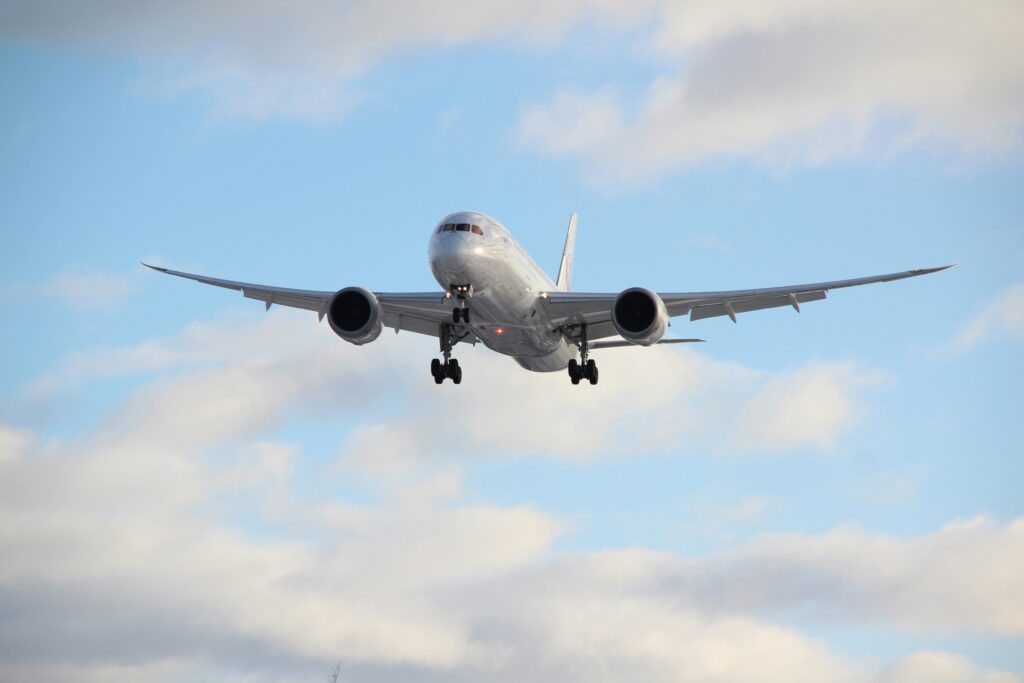In the evolving world of aviation, modern aircraft ducting solutions play a pivotal role in ensuring the optimal performance and safety of aircraft systems. As an essential component of an aircraft’s internal architecture, ducting systems are responsible for the efficient distribution of air and fluids throughout the aircraft.
This guide provides you with a brief overview of advancements and solutions in aircraft ducting, highlighting their significance in today’s aviation industry.
Types of Aircraft Ducting Systems
Aircraft ducting systems are categorized based on their function and the type of fluid or air they convey. The primary types include environmental control system (ECS) ducts, pneumatic ducts, and fuel vent ducts. Each of these systems plays a distinct role in maintaining the aircraft’s operational efficiency and passenger comfort. Environmental control system (ECS) ducts are responsible for managing the heating, cooling, and ventilation within the aircraft cabin. These ducts ensure that the cabin maintains a consistent and comfortable temperature, regardless of the external environment. They are designed to withstand high-pressure conditions while minimizing noise levels, thus enhancing passenger comfort and safety.
Pneumatic ducts, on the other hand, are crucial for the aircraft’s mechanical operations. They distribute compressed air from the engines to various systems, including de-icing and anti-icing systems, hydraulic systems, and engine starting systems. The design and placement of pneumatic ducts are critical as they need to handle high-pressure air efficiently without compromising the aircraft’s aerodynamic performance. Fuel vent ducts are another integral component, providing proper ventilation for the aircraft’s fuel tanks. These ducts prevent the build-up of pressure within the tanks, ensuring safe fuel supply and consumption. The strategic design of fuel vent ducts is essential to avoid fuel vapor accumulation, which could lead to hazardous conditions.
Materials Used in Modern Aircraft Ducting
The selection of materials for aircraft ducting is vital, as it impacts the system’s efficiency, mass, and longevity. Composite materials, particularly carbon fiber and fiberglass, have gained significant traction in ducting systems. Contemporary ducting solutions, including Thermoid Aeroduct products, incorporate sophisticated materials that provide an optimal combination of robustness, adaptability, and tolerance to extreme conditions. Aluminum and titanium remain prevalent metals in aircraft ducting, prized for their lightweight characteristics and anti-corrosion properties. Aluminum offers cost advantages, while titanium excels in applications demanding enhanced strength and heat resistance. These metals are frequently deployed in high-pressure zones where reliability is essential.
Installation and Maintenance of Aircraft Ducting
Proper installation and maintenance of aircraft ducting systems are critical to ensure their longevity and efficiency. The process involves meticulous planning and execution to guarantee that all components fit seamlessly within the aircraft’s framework, minimizing the risk of leaks or failures. When installing ducting systems, it is essential to follow the manufacturer’s guidelines and industry standards to ensure optimal performance. The installation process often involves careful routing of ducts to avoid interference with other systems and to maintain aerodynamic efficiency. Also, regular maintenance of aircraft ducting systems is vital to prevent operational issues and ensure safety. Routine inspections should be conducted to check for signs of wear, corrosion, or damage. Any compromised components should be replaced promptly to avoid potential failures.
Conclusion
Modern aircraft ducting solutions are a cornerstone of aviation technology, playing a vital role in the performance and safety of aircraft systems. As you have learned, these systems are diverse and complex, encompassing various types designed for specific functions.


